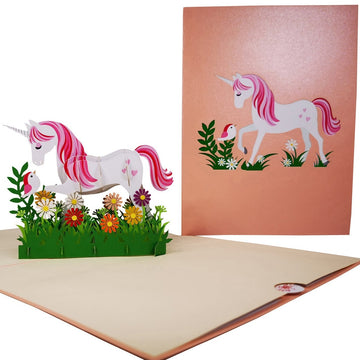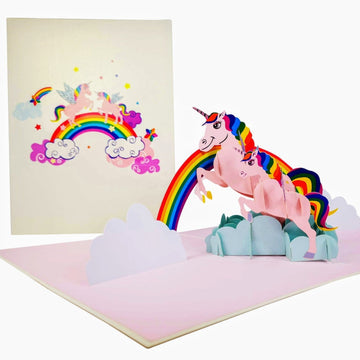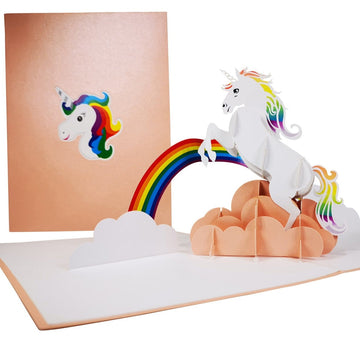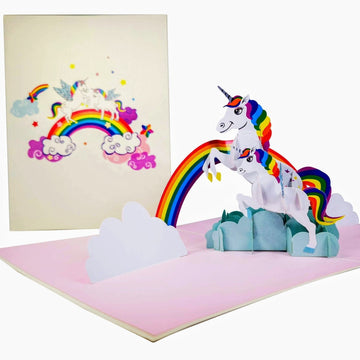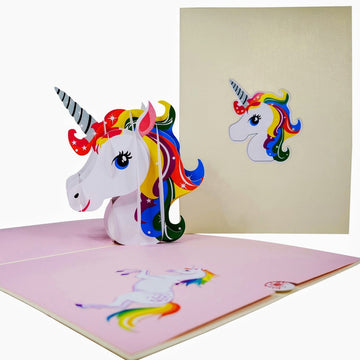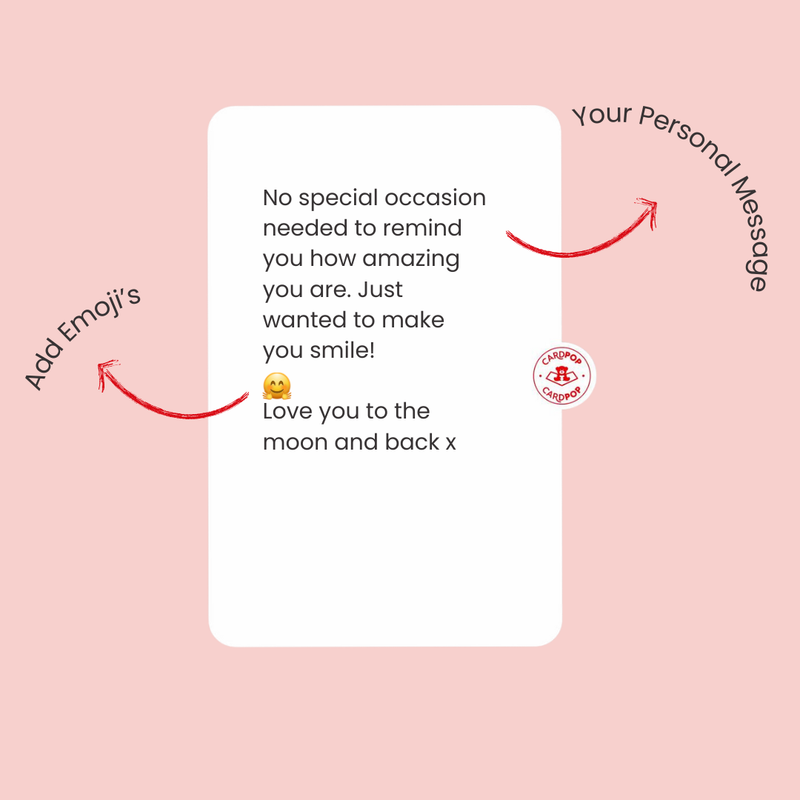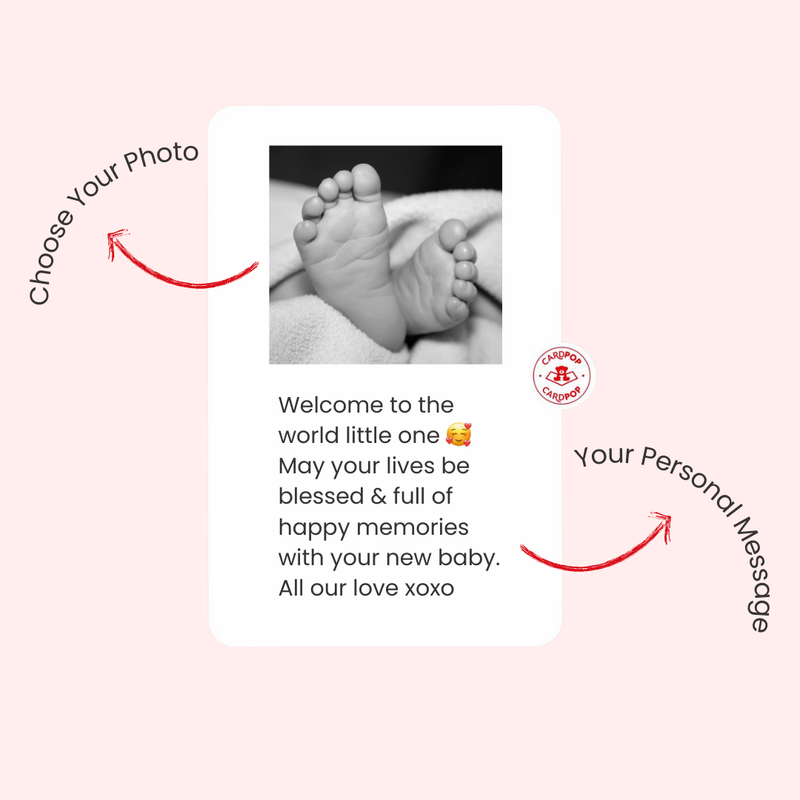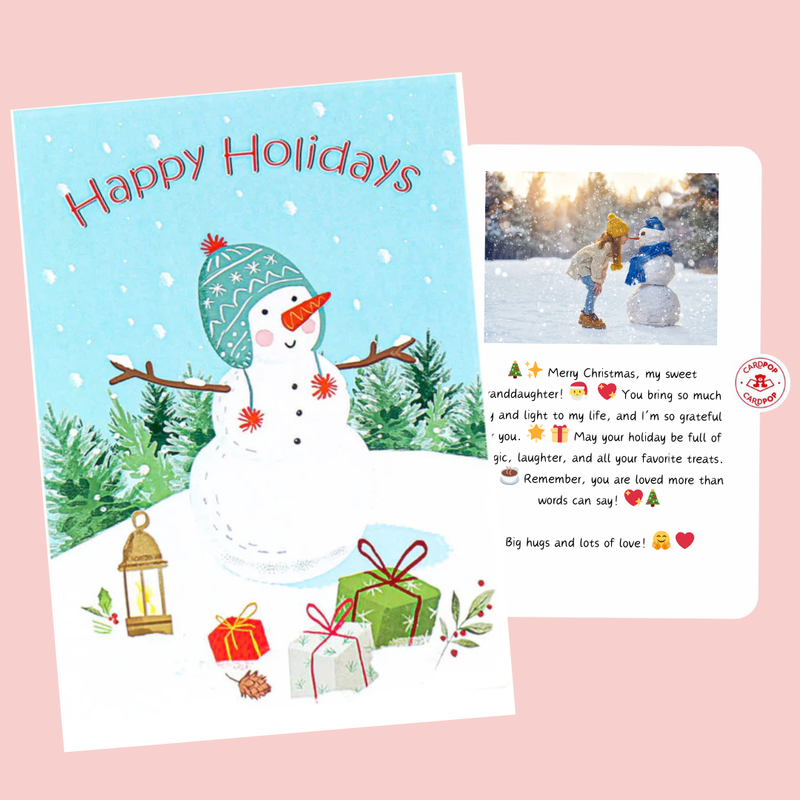Why Personalised Cards Mean More
A personalised card goes beyond words—it becomes a memory. With CardPop, you can:
It’s Simple to Make It Personal
1. Choose Your Card: Select from our wide range of stunning pop-up designs for any occasion.
2. Add Your Message: Write a heartfelt note or let us print your words for you.
3. Include a Photo (Optional): Upload a special photo to be printed inside the card.
4. We Deliver: Sit back while we create your personalised keepsake and deliver it to your loved one.
Latest Posts
Tracing the Origins and Evolution of Mother's Day
Tracing the Origins and Evolution of Mother's Day The Fascinating History of Mother's Day Mother's Day stands as one of the most universally celebrated occasions across the globe, though its roots run far...
Fun and Bonding Activities for Mother’s Day
Fun and Bonding Activities for Mother’s Day Creating Memorable Moments with Mum on Mother's Day Mother's Day is that special time of year when we get to celebrate the incredible women who have...
